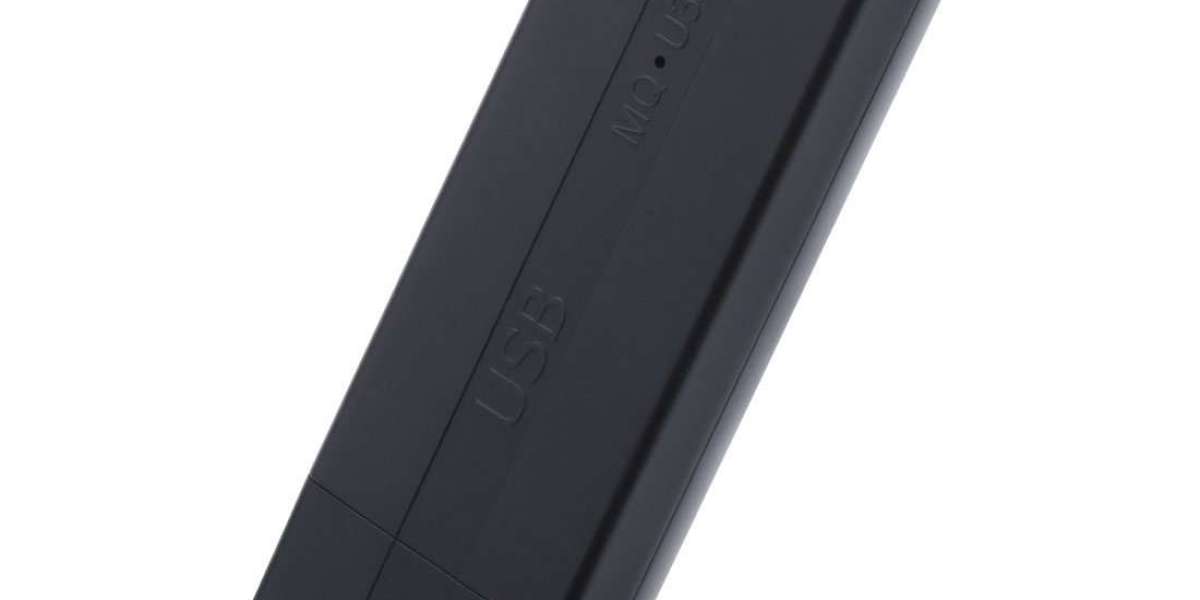The functional films market is undergoing substantial transformation as printed electronics and display technologies take center stage. These rapidly advancing segments are creating a surge in demand for high-performance, flexible, and durable films. The need to integrate functionality directly onto film substrates without traditional manufacturing constraints is not only redefining material requirements but also expanding the horizons of innovation across numerous industries.
As devices become thinner, more energy-efficient, and functionally integrated, functional films are increasingly used as essential substrates or encapsulants in printed circuit patterns, flexible displays, and touch-sensitive surfaces. Their ability to support printing of electronic inks and components while providing mechanical stability and barrier protection makes them indispensable in this evolving ecosystem.
Printed Electronics: Driving Scalable Innovation on Functional Films
Printed electronics refers to the fabrication of electronic devices using printing techniques like inkjet, screen, gravure, and flexographic printing. These processes require substrates that are not only chemically compatible with conductive and semiconductive inks but also flexible, lightweight, and stable across a range of environmental conditions.
Functional films such as polyethylene terephthalate (PET), polycarbonate (PC), and polyimide (PI) are widely used due to their excellent thermal resistance, dimensional stability, and surface smoothness. These characteristics are crucial for printing fine circuit patterns for RFID tags, sensors, flexible batteries, and OLED lighting systems.
One of the major trends shaping this domain is the push toward cost-effective mass production. Functional films enable roll-to-roll manufacturing, allowing high-volume output while minimizing material waste. Their use significantly lowers production costs compared to traditional silicon-based electronics, enabling innovation in emerging markets like smart packaging, electronic skin, and large-area sensor networks.
Additionally, the growing application of printed electronics in the Internet of Things (IoT) is fostering demand for film substrates that can seamlessly integrate with low-power, ultra-thin circuits. Functional films offer the scalability and form adaptability required for widespread adoption of connected smart devices.
Display Technologies: The Rise of Flexible and Wearable Interfaces
Display technology has seen groundbreaking evolution with the introduction of foldable, rollable, and stretchable screens. These advancements depend heavily on functional films for everything from substrate support to optical layers and encapsulation.
In organic light-emitting diode (OLED) and quantum dot displays, functional films must deliver excellent optical clarity, moisture resistance, and chemical inertness. Transparent conductive films like indium tin oxide (ITO) alternatives, silver nanowires, and conductive polymers are now being printed directly onto flexible substrates, enabling ultra-thin and high-performance displays.
Moreover, touchscreens and interactive panels rely on films that combine transparency with responsiveness. Functional films used in capacitive touch applications need to maintain conductivity under repeated stress and bending, which is driving innovation in hybrid film materials with superior resilience and printability.
Wearable displays and augmented reality (AR) interfaces are also contributing to rising demand for high-durability, lightweight, and flexible film layers that can accommodate curved surfaces and user mobility. As a result, functional films are not only supporting innovation—they’re enabling the very form factors that define next-generation consumer electronics.
Integration with Smart Devices and Packaging
The integration of printed electronics into smart packaging, medical wearables, and interactive retail solutions is another trend accelerating functional film adoption. Brands are now embedding printed sensors, indicators, and connectivity features onto packaging films, enabling real-time tracking, user interaction, and product authentication.
Functional films used in these applications must balance cost-efficiency with advanced barrier, printing, and bonding properties. For instance, pharmaceutical packaging can include temperature sensors printed on films to ensure cold-chain integrity. Similarly, food packaging may feature freshness indicators or QR codes linked to digital content.
In the medical field, printed electronics on flexible films allow for non-invasive, skin-conforming diagnostic tools. These films serve as carriers for biosensors and microfluidic elements, bringing healthcare monitoring into everyday use with minimal discomfort or disruption to patients.
Key Materials and Manufacturing Advancements
Material innovation remains at the heart of the functional films market’s evolution. High-transmittance polymers, biocompatible substrates, and transparent conductive coatings are being developed to meet increasingly complex application needs.
Hybrid materials, such as laminated stacks of PET with nanocoatings or polymer blends with embedded nanoparticles, offer customizable solutions for different levels of flexibility, heat resistance, and environmental protection. Additionally, anti-smudge, anti-reflective, and UV-protective coatings are being integrated into films to enhance user experience and product durability.
Manufacturing technologies like vacuum deposition, atomic layer deposition (ALD), and laser patterning are improving film surface properties, increasing adhesion of printed elements, and extending film lifecycle. These methods also support precise control over thickness and optical characteristics, ensuring compatibility with demanding display and printed electronics specifications.
Market Outlook: Scaling into the Future
The functional films market is on a strong growth trajectory, driven by the convergence of printing innovation and display requirements. According to industry estimates, the printed electronics sector alone is expected to surpass USD 60 billion globally in the coming years, with functional films serving as a core enabler of this expansion.
Asia-Pacific remains a dominant force in this space due to its leadership in electronics manufacturing and investment in R&D. North America and Europe are focusing on innovation-led applications, including smart packaging, energy-efficient displays, and next-generation medical devices.
With sustainability becoming a central theme, there is growing interest in recyclable, biodegradable, and bio-based film substrates that maintain the performance needed for printed electronics and displays. Companies that align material innovation with eco-conscious product development will be poised to capture long-term market share.
Conclusion
The interplay between printed electronics and display technologies is fundamentally reshaping the functional films market. From flexible smartphones to interactive retail packaging, these films are the foundation upon which next-gen innovation is built. As new devices and interfaces demand greater adaptability, transparency, and functionality, the role of advanced films will only grow—solidifying their importance in the global shift toward smarter, thinner, and more connected products.








